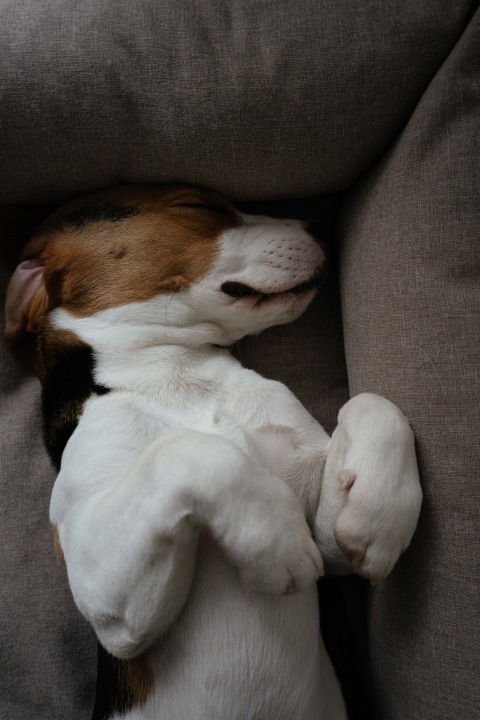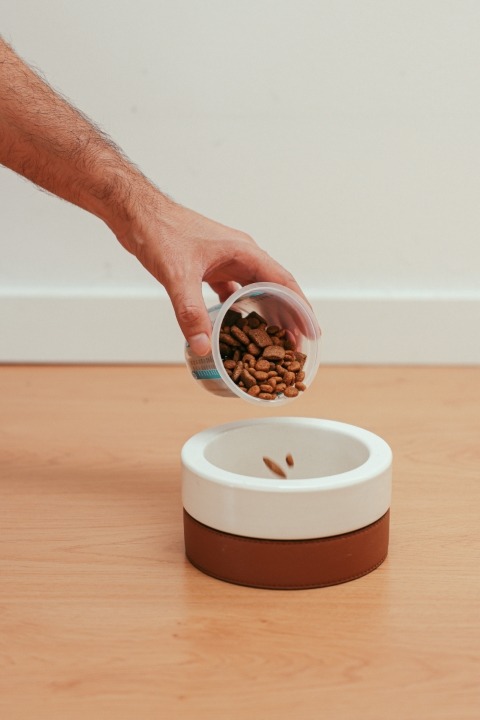To view a video on preparing for your new puppy see our Youtube Video Link at the bottom of this article!
Bringing home a new puppy is an exciting and joyous experience. However, it’s important to ensure that your home is properly prepared to provide a safe and nurturing environment for your furry friend. In this blog post, we will discuss valuable tips and guidelines for puppy-proofing your home, making it a haven for your new family member. Let’s dive in!

Creating a Safe Space for Your Puppy
One Bed, One Space
Puppies, like children, are naturally curious and love to explore their surroundings. Providing them with their own designated space is crucial. This space should include a comfortable bed, a crate, and a selection of puppy-friendly toys. This not only gives them a sense of security but also prevents them from getting into potentially dangerous situations.
Monitoring is Key
While having a dedicated puppy space is important, it’s essential to remember that no area is completely foolproof. Your puppy should be monitored at all times, especially during the early stages of exploration. Keeping a watchful eye will help you spot potential hazards and prevent accidents from occurring.
Puppy-Proofing: Identifying and Eliminating Hazards
Chew, Chew, Chew
Puppies have a natural inclination to chew on anything they can get their paws on. To keep them safe, it’s vital to remove or secure any items that could pose a choking or ingestion hazard. Loose and small objects such as coins, hair ties, and medication should be put away. Electrical wires, cords, and toxic cleaning supplies should be kept out of reach as well.
Say Goodbye to Trash Troubles
One advantage of having a puppy is the absence of trash in your home. Puppies tend to explore trash cans and may accidentally ingest harmful substances or sharp objects. However, it’s still important to remain vigilant and ensure that any trash is securely disposed of in puppy-proof containers.
Essential Pet Supplies for Your New Puppy
Equipping for Success
Before your new puppy arrives, it’s essential to gather the necessary supplies to ensure a smooth transition. Here are some key items you should have ready:
- Leash and collar: Essential for walks and outings.
- Food and water bowls: Opt for sturdy, non-tip bowls that are easy to clean.
- Puppy-specific food: Choose high-quality, nutritionally balanced food designed for puppies.
- Crate: Provides a safe and secure space for your puppy when you’re unable to supervise.
- Comfortable bed: Invest in a cozy bed where your puppy can relax and sleep soundly.
- Safe toys: Look for toys that are large enough not to be swallowed, yet soft enough to avoid damaging their teeth.

Choosing the Right Toys
Puppy-approved toys play a vital role in their development. Opt for toys that are the appropriate size and texture for your puppy’s age. These toys should provide stimulation, aid in teething, and discourage unwanted chewing behaviors. Consult your veterinarian for toy recommendations, as they can provide valuable insights based on your puppy’s specific needs and preferences.
Establishing a Routine and Finding the Right Veterinarian
Setting a Food Schedule
Creating a consistent feeding schedule helps your puppy establish a routine and ensures they receive the proper nutrition. While puppies may not tell time, they quickly adapt to a routine. Consult with your veterinarian for feeding recommendations, but as a general guideline, feeding puppies two to three times a day is recommended.
Choosing a Veterinarian
Selecting the right veterinarian is vital for your puppy’s overall health and well-being. Schedule an appointment as soon as possible, even if no vaccines are immediately due. Your veterinarian will provide guidance on diet, vaccine schedules, preventative care.
Want more info?? See our Youtube Video by Dr Natalie Marks below
